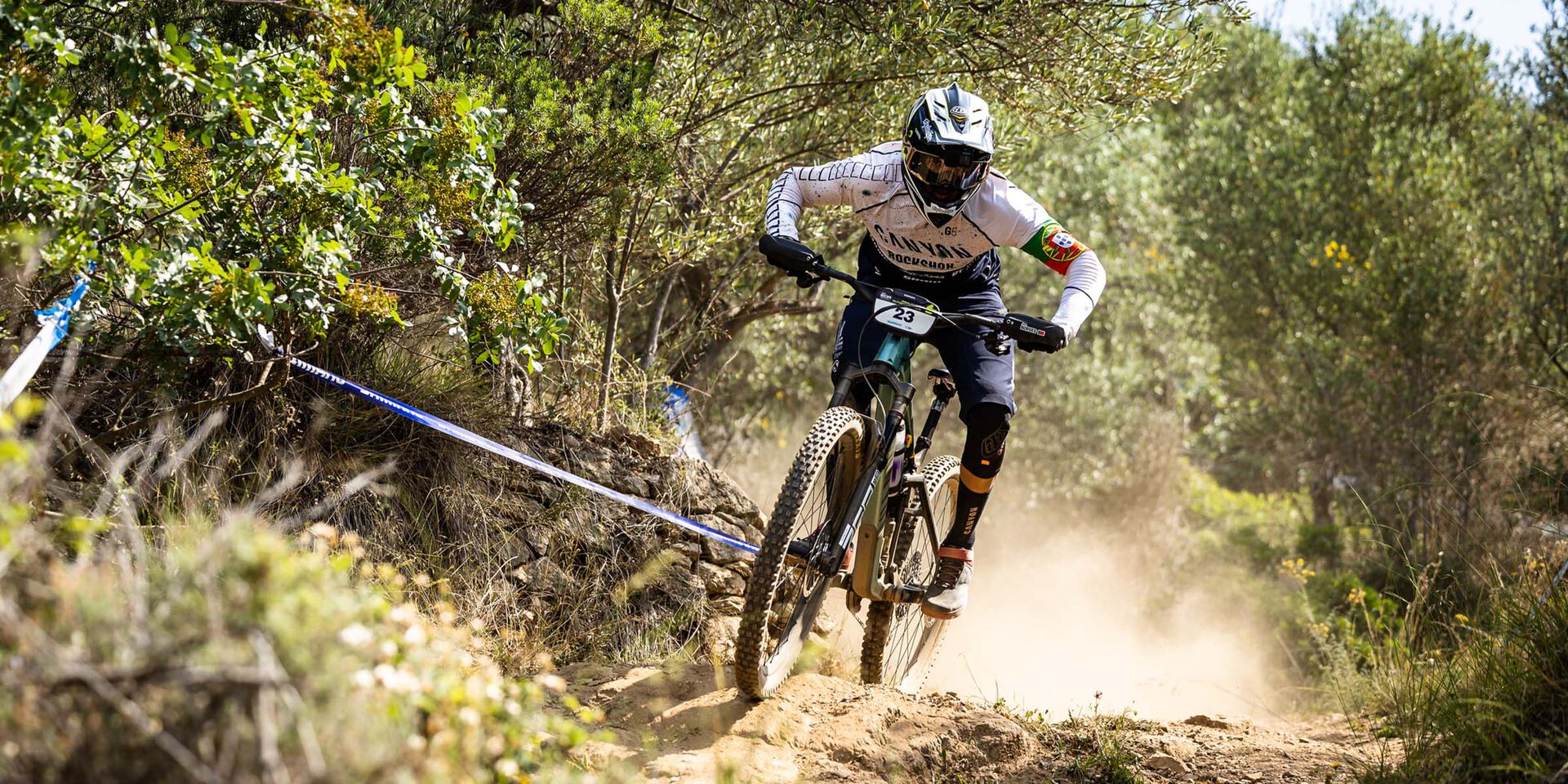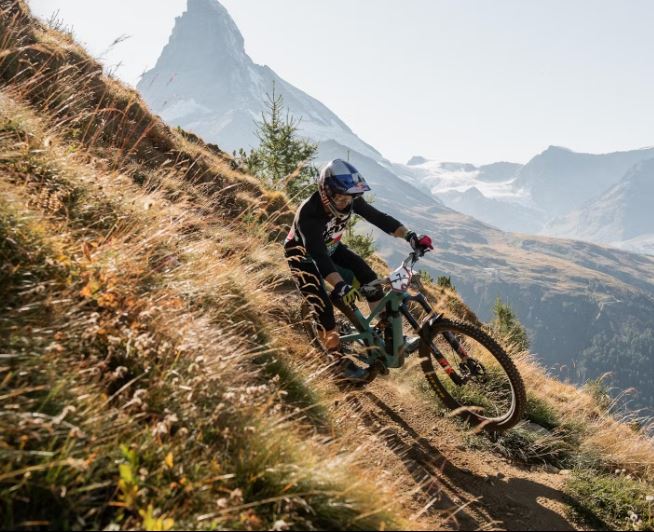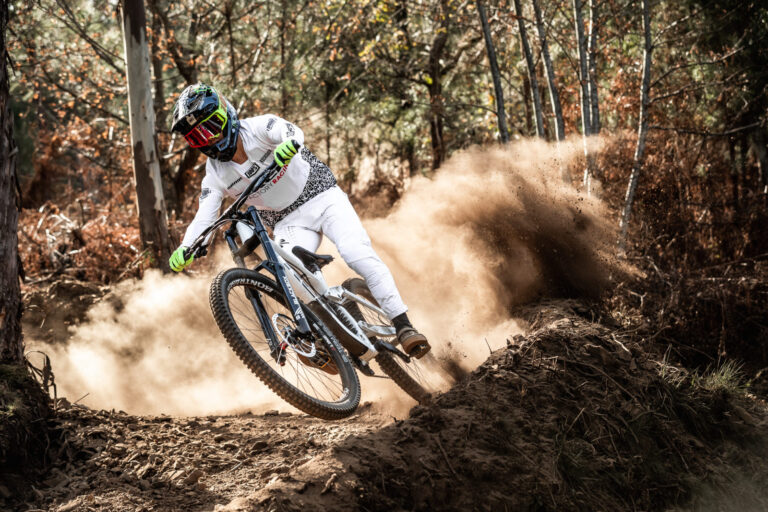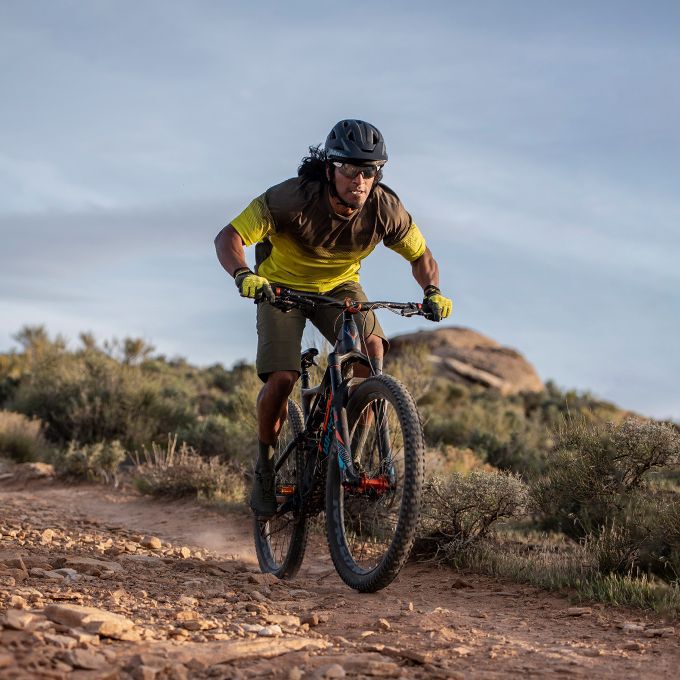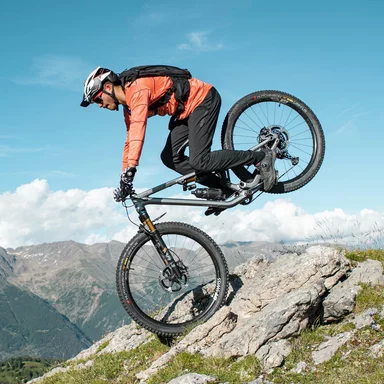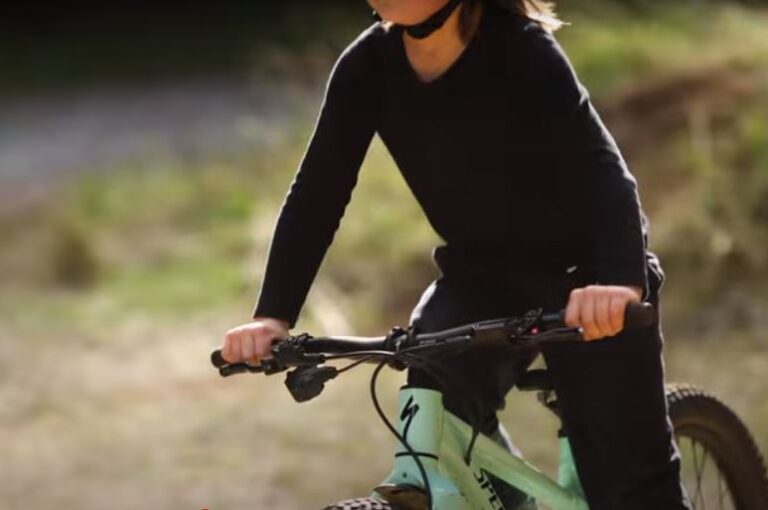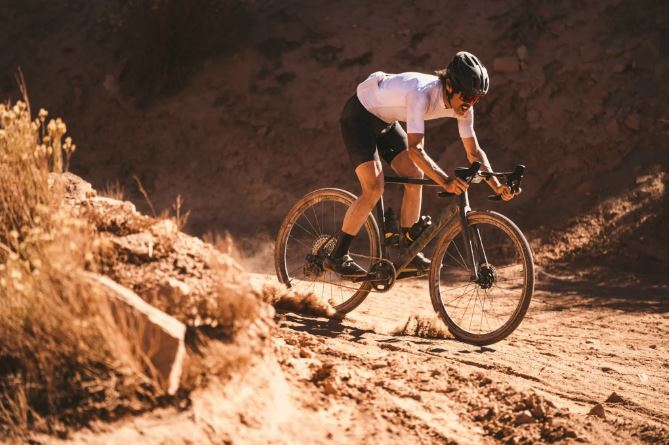The Evolution of Enduro Bikes: A Journey Through Design and Innovation
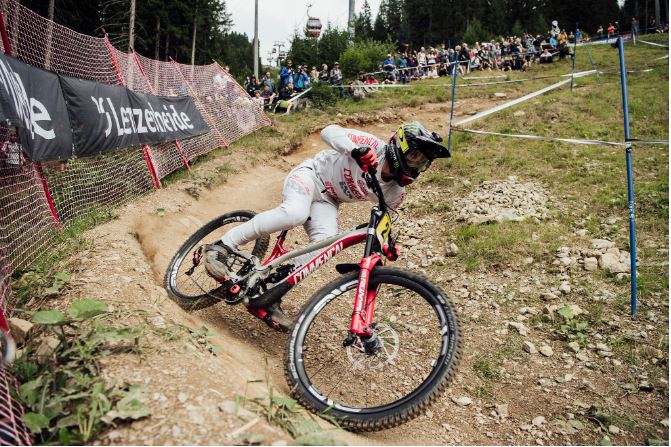
Key Point Summary of The Evolution of Enduro Bikes:
- Evolution of Enduro Bikes: A look at how enduro bikes have evolved from their mountain biking roots to become the specialized machines we know today.
- History of Enduro Biking: Tracing the origins and key milestones in the development of enduro biking as a distinct discipline.
- Design Changes: Highlighting the major design innovations that have shaped the modern enduro bike, including geometry, suspension, materials, and componentry.
The realm of enduro biking is a fascinating journey through the evolution of technology, design, and the sheer passion for pushing the limits of what we can do on two wheels. As a masters cyclist who has dabbled in everything from mountain biking to gravel grinding and cyclocross, I’ve witnessed firsthand the incredible advancements in enduro bikes over the years. My experiences racing and riding across diverse terrains have given me a unique perspective on how these machines have transformed to meet the growing demands of riders and the increasingly challenging courses we face.
Enduro biking, with its blend of high-speed descents, technical challenges, and endurance-testing climbs, requires a bike that is as versatile as it is robust. The evolution of enduro bikes is not just a story of technological advancement but a reflection of the changing landscape of mountain biking itself.
The Early Days
The history of enduro biking is deeply intertwined with the broader narrative of mountain biking. In the early days, mountain bikes were somewhat rudimentary, designed more for durability than for specialized performance. My first foray into mountain biking involved a heavy, steel-framed bike that was a far cry from today’s lightweight, agile enduro machines. It was a time when the distinction between different mountain biking disciplines was blurry, and the term enduro hadn’t yet carved out its niche.
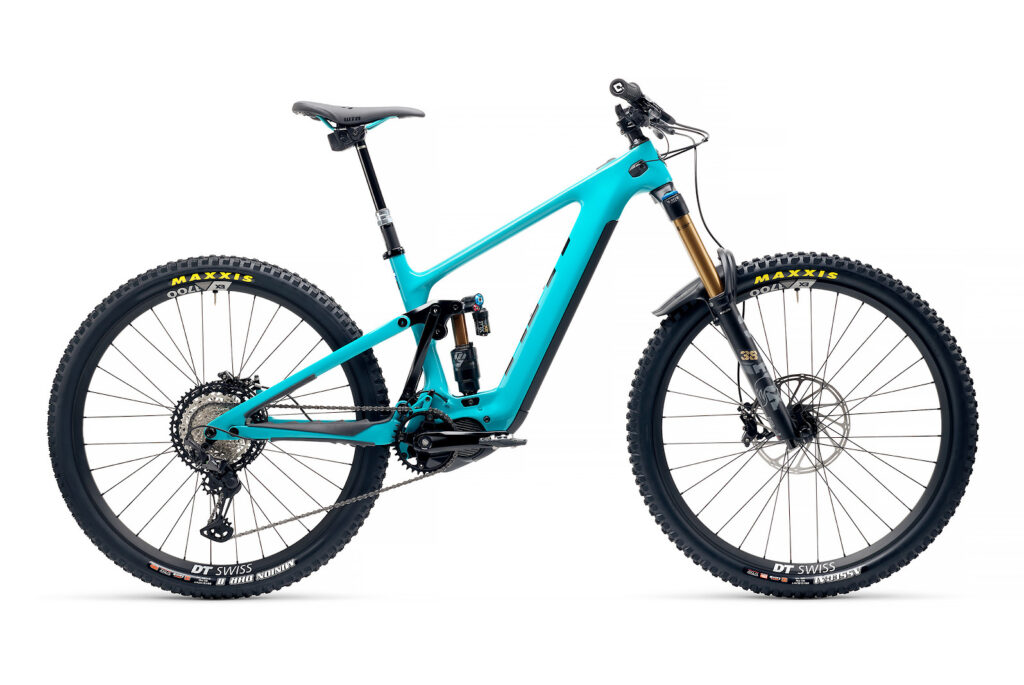
The Birth of Enduro
As mountain biking grew in popularity, riders began pushing for more challenging and diverse terrains, leading to the formalization of enduro as a distinct discipline in the late 1990s and early 2000s. This period marked a significant shift in how bikes were designed, with a focus on creating models that could excel on downhill sections without sacrificing too much performance on climbs.
Design Revolution
The design changes that have driven the evolution of enduro bikes are nothing short of revolutionary. Geometry has been a critical area of innovation, with slacker head angles, longer reaches, and steeper seat tube angles becoming the norm. These adjustments improved stability at high speeds and maneuverability on technical sections, while also enhancing climbing efficiency.
Suspension technology has also seen dramatic improvements. Early enduro bikes might have sported a mere 100-120mm of travel, but today’s models boast 150-170mm, providing unprecedented control and comfort on rough trails. The introduction of air shocks and advancements in damper technology have allowed for lighter, more adjustable setups.
Materials have evolved as well, with carbon fiber frames becoming more common due to their strength-to-weight ratio and ability to absorb trail chatter. My transition from a heavy aluminum frame to a carbon fiber model was a game-changer, significantly improving my handling and speed.
Componentry has not been left behind in this evolution. The development of dropper posts, for example, has transformed how riders approach both descents and climbs, allowing for quick adjustments to riding position with the press of a lever. Additionally, drivetrain innovations, such as the move to 1x setups, have simplified shifting and reduced weight, further enhancing the enduro riding experience.
Top 3 Standout Enduro Bikes for Trail Dominance
Here are three standout enduro bikes that are highly regarded in the mountain biking community:
- Yeti 160E: Known for its cutting-edge design and superb handling, the Yeti 160E stands out for its use of Yeti’s proprietary suspension system, which delivers unparalleled ride quality and efficiency on both climbs and descents. This bike is a testament to Yeti’s commitment to innovation and performance in the electric enduro segment.
- Santa Cruz Bullit: The Santa Cruz Bullit is designed for those who demand the utmost in downhill performance without sacrificing climbing capabilities. With its robust frame and advanced suspension technology, the Bullit excels in challenging terrains, making it a favorite among aggressive riders.
- Rocky Mountain Slayer: The Rocky Mountain Slayer is built to tackle the most demanding trails with ease. It’s known for its balanced geometry, which provides a perfect blend of stability at high speeds and agility in technical sections. The Slayer’s versatility makes it a top choice for riders looking for a bike that can do it all.
Each of these bikes brings something unique to the table, whether it’s innovative electric assist technology, exceptional downhill performance, or all-around versatility. When choosing an enduro bike, consider your riding style, the typical trails you ride, and personal preferences in terms of handling and features.
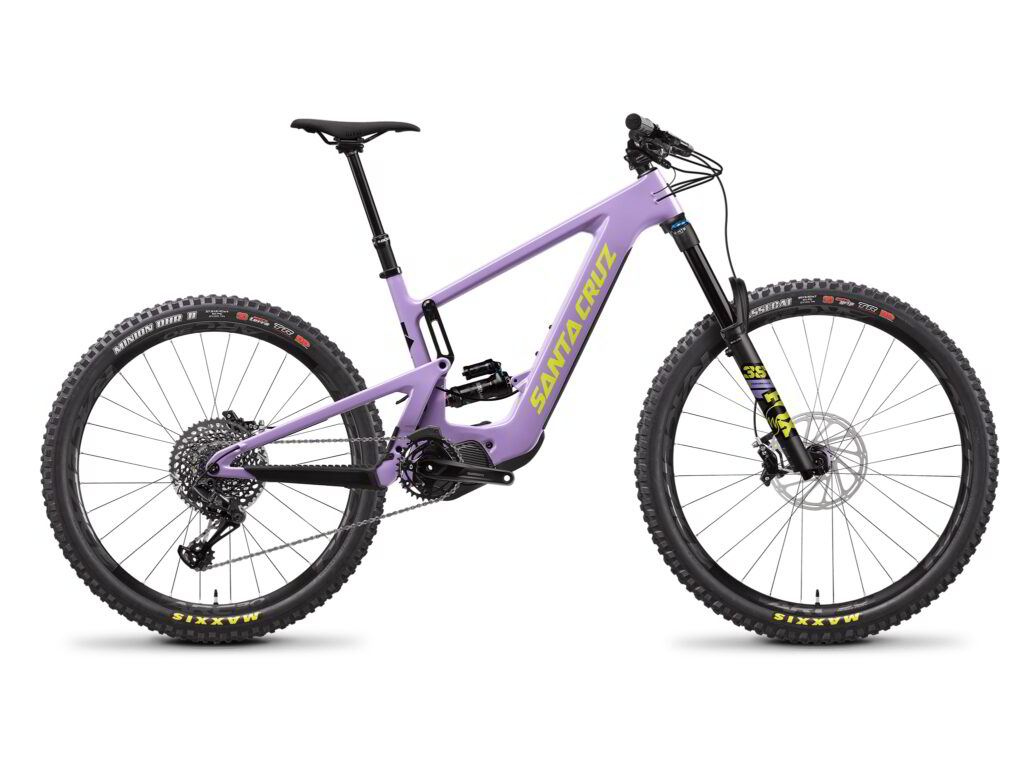
Looking Forward
The evolution of enduro bikes is far from over. With each passing year, we see new innovations that push the boundaries of what’s possible. Materials are becoming lighter and stronger, suspension systems more sophisticated, and geometry even more fine-tuned to the needs of enduro riders.
As someone who has witnessed the remarkable journey of enduro bikes from their inception to their current state of excellence, I am excited to see where the future will take us. The continuous quest for the perfect balance between speed, agility, and endurance in bike design is a testament to the spirit of innovation that drives the cycling community.
In conclusion, the evolution of enduro bikes is a testament to the relentless pursuit of perfection in the cycling world. From their humble beginnings to the cutting-edge machines we ride today, enduro bikes have undergone a transformation that mirrors the growth and diversification of mountain biking as a whole.
For those of us who have had the privilege of experiencing this evolution firsthand, it’s been an exhilarating ride, and the future promises even more exciting developments. Whether you’re a beginner or a seasoned rider, understanding this history and the design principles behind your bike can enrich your riding experience and deepen your appreciation for this incredible sport.
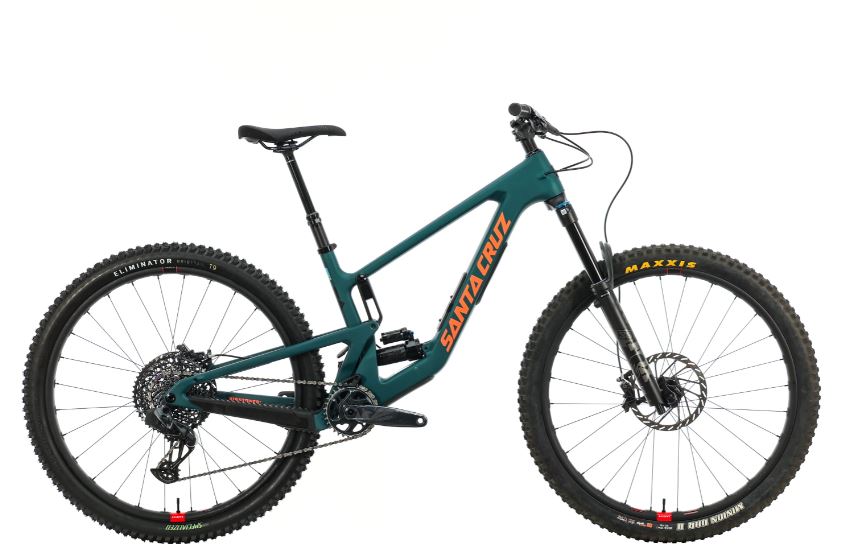
FAQ
When did enduro bikes start?
Enduro bikes and the enduro discipline as we know it today began gaining prominence in the early 2000s. This period marked the formalization of enduro mountain biking races, which required bikes that could handle both the downhill and uphill sections effectively.
How have dirt bikes changed over the years?
Dirt bikes have evolved significantly, with advancements in suspension technology, frame materials, and design. Early models were heavier with basic suspension systems. Over the years, they’ve become lighter, more powerful, and more capable, with sophisticated suspension setups for improved handling and performance, better ergonomics, and more efficient engines.
What makes an enduro bike different?
An enduro bike is designed to excel in enduro racing, which involves both climbing and descending on a variety of terrains. It differs from other mountain bikes with its longer suspension travel (usually between 150-170mm), slacker head angles for stability at high speeds, and a geometry that balances uphill efficiency with downhill capability. Enduro bikes strike a middle ground between the lightness and pedaling efficiency of cross-country bikes and the robustness and suspension travel of downhill bikes.
